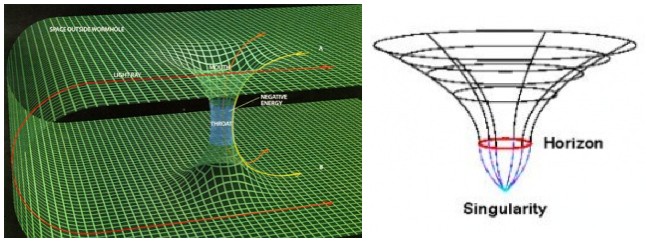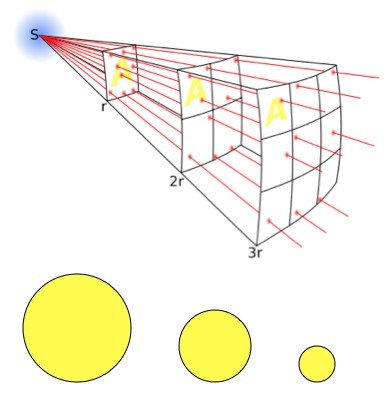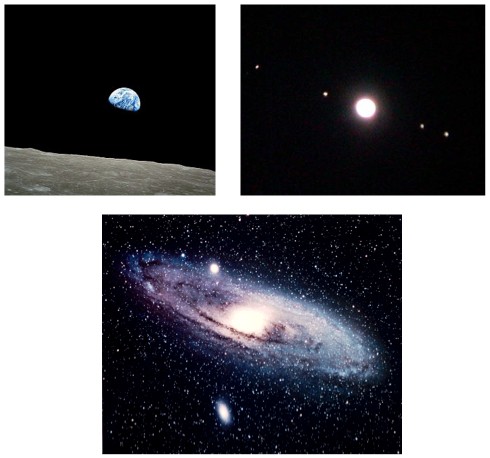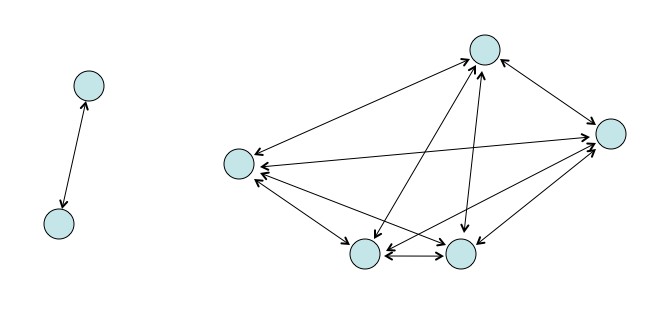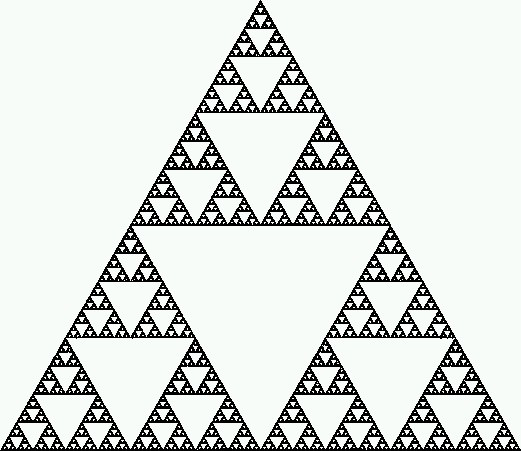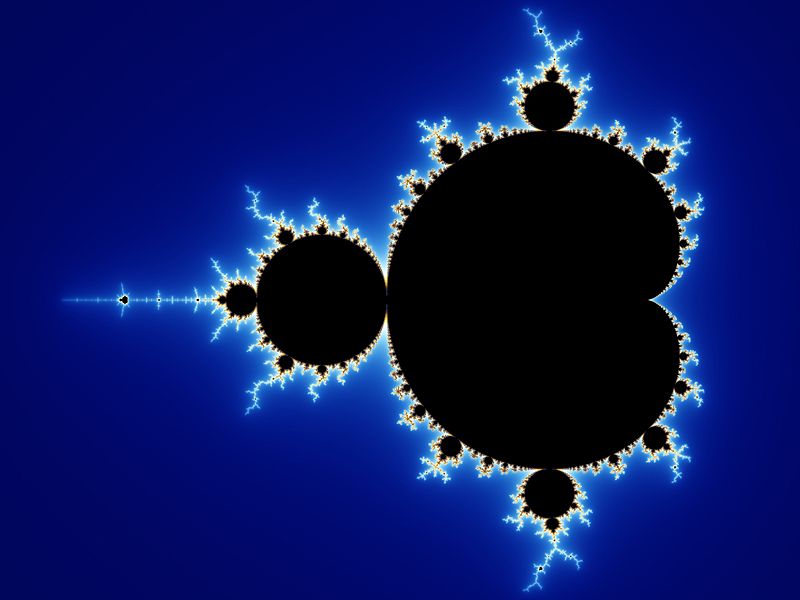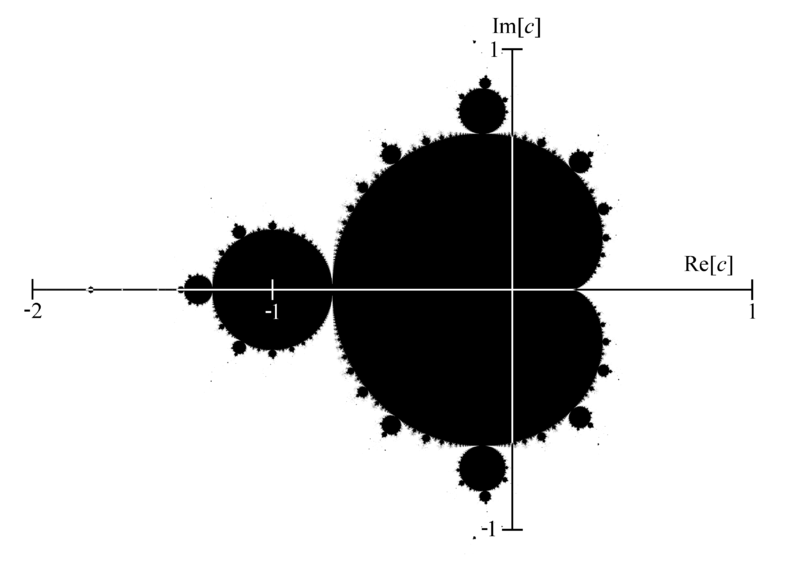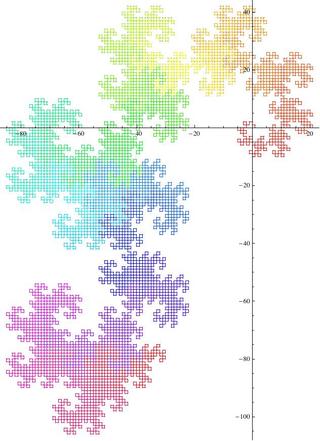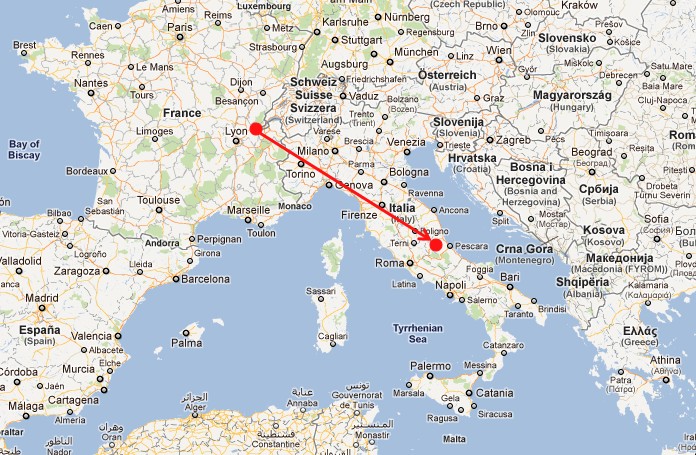Physicist: The short answer is: A worm hole is a “tube made of spacetime” that connects two different regions. If it’s set up right, you could enter one side of the tube and exit the other end somewhere else, or even somewhen else. In contrast, a black hole destroys the hell out of things, and doesn’t “go anywhere”.
A worm hole is a funnel (what’s shown here is only a two dimensional funnel) that tapers down to a “throat” (which although thinner never pinches off entirely) which connects to another funnel that opens up somewhere else. A black hole is a funnel that pinches off at a singularity. A traversable worm hole needs to be large and “mellow” enough that it doesn’t have an event horizon (a black hole’s “point of no return”), or any fatal tidal forces.
There’s a long history of the two being mixed up. For example, there are a number of stunningly bad movies that make the connection between black holes and worm holes explicit. But even in legitimate (non-Hollywood) physics circles you’ll sometimes find people talking about “going through” black holes, as opposed to (or in addition to) “being destroyed a lot” by black holes.
Over the years physicists have gotten a little gun shy about ignoring solutions. For example, one of the clearly impossible solutions to the Schrodinger equation (which describes the wave nature of things) involves particles crossing through impossible boundaries. Turns out they can, and it’s now called “quantum tunneling“. In fact, you probably even own some electronic devices that take advantage of this “impossible” solution!
Another example is when Dirac took the Schrodinger equation and re-wrote it in a relativistic form to create the Dirac equation (the original equation isn’t compatible with relativity). He found that he suddenly had a second set of solutions which imply the existence of anti-particles. At the time the idea of an anti-particle was ridiculous, but a few years later positrons (anti-electrons) were discovered and Dirac was shown to be right.
So, given the history, physicists today are a little hesitant about chucking out solutions, even when they’re silly. And black holes are a bottomless pit of math with solutions that seem impossible.
The singularity at the center of a black hole is usually described as a point. However, this is a symptom of our paltry computational power back when black holes were first being theoretically researched. A singularity can actually take a number of forms. According to a variety of (modern/powerful) computer models, as a star collapses to form a black hole it often finds itself forming “singularity sheets” in areas where its density becomes large enough. All of it ends up in the same tiny singularity moments later, but it’s still interesting. In a spinning black hole (which is all of them, to some extent or another) the singularity takes the form of a “ring singularity”, which is exactly what it sounds like.
One of the wild things about ring singularities is that they make the topology of spacetime qualitatively different, in a way not entirely dissimilar to the way that the surface of a sphere is qualitatively different from the surface of a doughnut (or, for our New York readers, a bagel).
In normal, everyday space, if you travel in a big loop you come back to the same place. If you were a mathematician you would prove this using a “continuous deformation”.
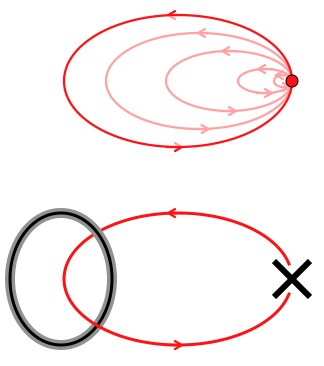
In ordinary space moving in a loop has the same net effect as not moving. But if your loop takes you through a ring singularity, that may not be the case.
A big loop is nearly the same as a slightly smaller loop, is nearly the same as a slightly smaller loop, is nearly the same… is nearly the same as a point. If there’s a singularity in the way the loop that goes around it can’t be smoothly deformed into a loop that doesn’t. As a result, traveling on a path that takes you through a ring singularity doesn’t necessarily need to bring you back to where you expected to be.
As hand wavy and weird as this idea sounds, it has a lot of mathematical relevance. It shows up all the time in complex integrals and branch cuts, and just a hell of a lot in algebraic topology. But, to be fair, nobody’s ever seen a physical “doorway through space and time” kind of example.
Beyond just the singularity, there are a lot of weird problems involving picturing how black holes work. For example, they screw up spacetime so much that at their surface (the “event horizon”) time literally points downward. Not only do you have to contend with the fact that spacetime is four dimensional (3 space directions plus 1 time direction), but the time direction is very different, so it’s four dimensional in a really weird way. Now add to that that black holes royally mess things up and you’ll find yourself in dire need of a better coordinate system to make things easier to picture.
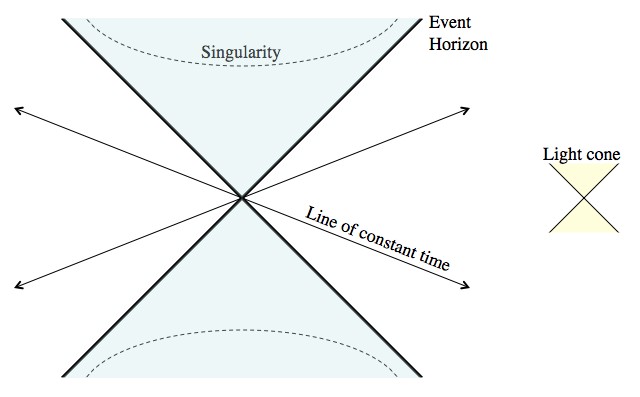
A black hole in K-S coordinates. Light travels at a 45° angle everywhere in this diagram, which physicists like, but everything else is weird.
Enter Kruskal–Szekeres coordinates. Although the situation is still a little weird, time points more or less up (the standard set up for space/time diagrams), and light travels diagonally (again: standard). In these coordinates all of our universe is on the right side, including all of the past and future, the event horizon of the black hole is the upper diagonal (and, oddly enough, the infinite future), and the singularity is a sweeping curve in the top area. Keep in mind that this coordinate system is more than a little bit weird. For example, they assume that the black hole exists forever (into the past and future) at the same size. So the bottom diagonal is an unashamed representation of the infinite past. Any finite time in the past (say, the beginning of the universe) would be slightly above the lower diagonal.
Now the point: you can write down a lot of the physics of general relativity in these coordinates and they look pretty good, so it feels like there’s something to them. However, they include a left side. General relativity treats the stuff on the left the same way it treats everything on the right (our universe). So, if the left is something more than just a mathematical artifact, then it’s another space and time completely independent from our own. Since nothing travels faster than light, which in these coordinates travels along diagonals, it’s impossible to get from any point in our universe to the other universe. However, if you fall into the black hole you can see someone from the other universe that’s also fallen into the balck hole, and have a nice chat before you’re both destroyed at the singularity.

Although you’d need to travel faster than light to get from one universe to the next (if the next exists), you can meet other doomed travelers from the next universe without traveling faster than light. The upside is making new friends. The downside is being destroyed in a black hole.
If faster than light travel were possible, and if there were another spacetime on the other side of the black hole that wasn’t just a mathematical convenience or ring singularities behave exactly like we want them too, and if you could make it into and out of the black hole without being destroyed a lot or taking forever doing it (it takes literally forever to fall past the event horizon), then black holes are certainly doorways to other universes, or different parts of our own.
So, to the point, there’s a history of people confusing or blurring the distinction between black holes and worm holes, and not completely without reason, but in general: black holes mean stop and worm holes mean go.

